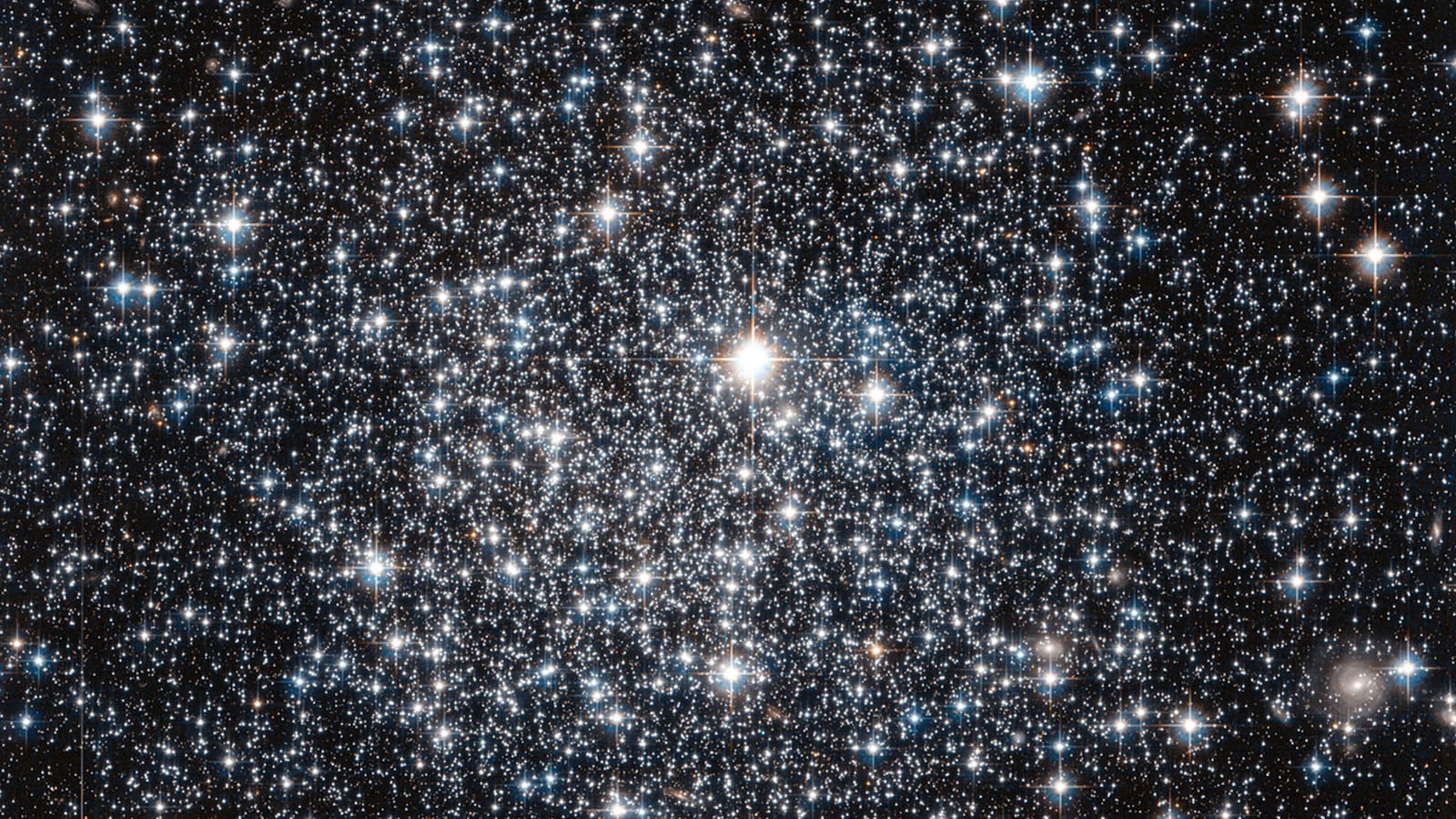When we think of galaxies, we tend to focus on the beautiful spirals, like the Milky Way, or possibly the huge elliptical galaxies. However, we know that a lot of galaxies are small, and those are harder to spot. In fact, astronomers have observed far fewer low-mass galaxies than predicted by theory, which has been a puzzle and a problem.
A new discovery might help with the answer. Astronomers using the Subaru telescope in Hawaii found 854 nearly invisible galaxies in the Coma Cluster. These hidden objects are very large—some are roughly the size of the Milky Way—but extremely low density. This new census is a notable increase in the population of the Coma Cluster, which is already a large galaxy cluster. It's likely that other galaxy clusters could be hiding fluffy faint galaxies too.
Galaxy clusters are the megacities of the cosmos. They have hundreds to thousands of galaxies, including some of the largest galaxies in the universe. (The Milky Way is one of three large galaxies in a much smaller association creatively named the Local Group, which is more like a small town.) The Coma Cluster consists of at least 1,000 large, bright galaxies and a greater number of dwarf galaxies. The cluster’s name comes from its location in the constellation Coma Berenices, or “Berenice’s hair.”
But this year, another group of astronomers found 47 galaxies in the Coma Cluster of a new type, which they dubbed “ultra diffuse galaxies” (UDGs). These have very little gas (which partly explains why they’re hard to spot) and similar amounts of stars to dwarf galaxies, but their sizes are comparable to far more massive galaxies. The new paper adds nearly a thousand more UDGs to the original census, and the authors think there are likely hundreds more in the Coma Cluster yet to be discovered.
In addition to their weird low density, the UDGs are located in the heart of the cluster, where gravitational forces from the Coma Cluster’s biggest galaxies should pull them into weird shapes, or even disrupt them entirely. However, they’re very regularly shaped, which means it’s likely they’re chock full of dark matter, the invisible mass that binds larger galaxies together. For UDGs, the high fraction of dark matter could hold the stars against the gravitational pull of surrounding galaxies, but not enough to keep them in a tightly packed space. That’s speculation at this point: Astronomers have yet to measure the total masses of UDGs, including all stars, gas, and dark matter. However, if the guess is right, the gravitational tug-of-war between big cluster galaxies and the dark matter inside UDGs are what made them so fluffy.
The Coma Cluster’s galaxies are full of older red stars, and tend to be elliptical galaxies, which are older than spirals. To use astronomers’ language, that means the cluster is “evolved”: stars have used up most of the available gas and dust, and the big blue stars have lived their brief lives and exploded, leaving mainly old red stars. The presence of UDGs at the heart of the cluster indicates they evolved with the other galaxies: they are at home, a basic part of the population.
The first 47 UDGs were discovered using the Dragonfly Telescope Array, a clever telescope consisting of 10 ordinary 400mm camera lenses. The follow-up observation that discovered hundreds more UDGs used previously collected data from the Subaru telescope atop Mauna Kea, which views in both visible and infrared light.
Dragonfly is specifically designed to look for faint galaxies that astronomers suspect exist, but are very hard to see with conventional telescopes. According to theory, dark matter formed clumps and long filaments in the early universe, and atoms of ordinary matter collected around these clumps thanks to gravity. This theory works very well for large galaxies, but it predicts a lot more low-mass galaxies than we see.
It’s possible then that UDGs could be a significant number of the “missing” galaxies, though astronomers still need to do a lot of observing to know for sure. First, are UDGs a feature of all galaxy clusters, or only of highly evolved “old” clusters? Do only very large clusters like the Coma Cluster have them? When did UDGs form, and how did they evolve over time as they interacted with other galaxies inside clusters?
The good thing, though, is that Dragonfly and Subaru seem to be very good at spotting UDGs, now that astronomers know what they’re looking for. Then we’ll know if these faint and fluffy galaxies are common enough to solve a cosmological mystery, or just a fascinating oddball.






